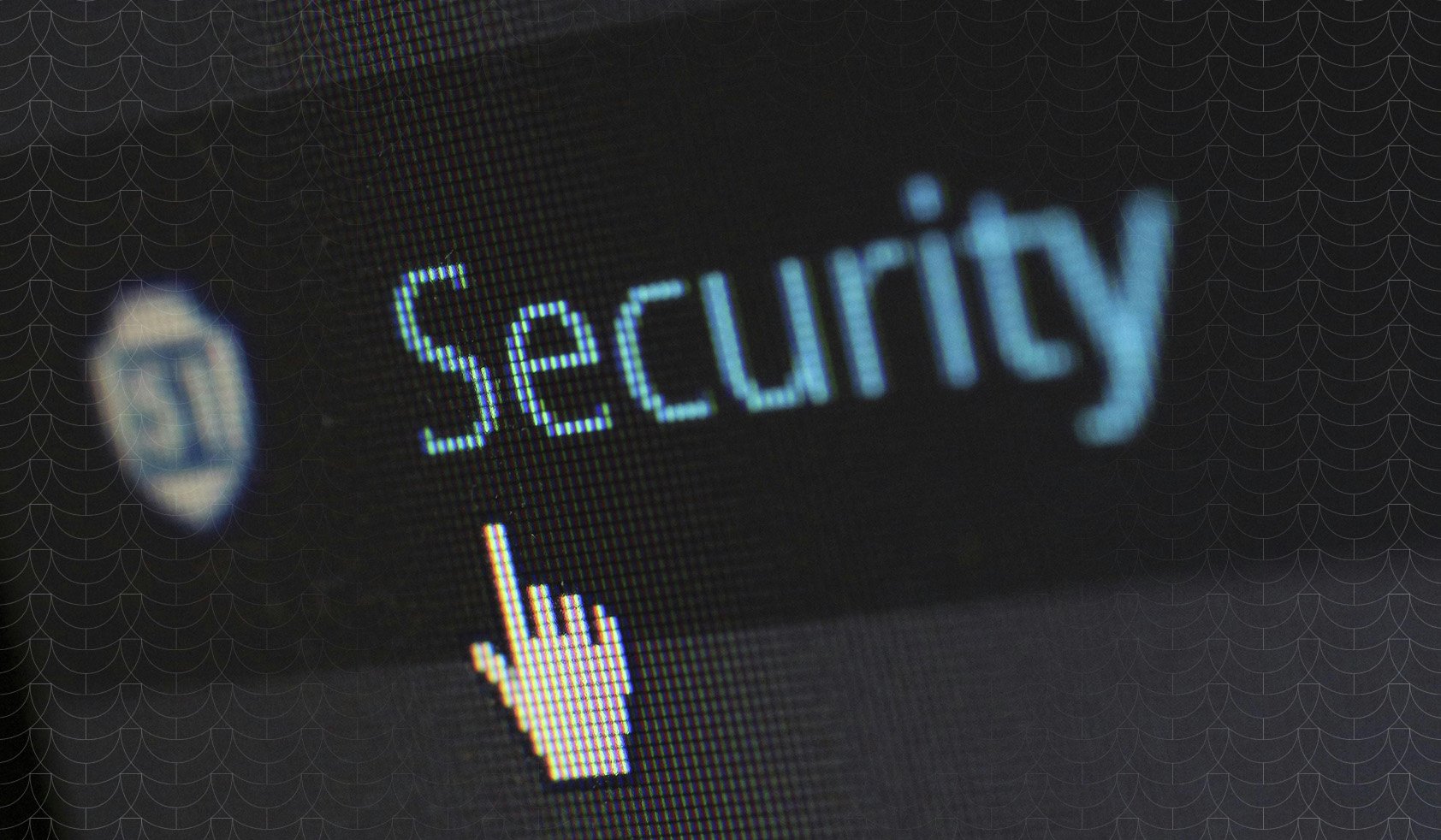Introduction
Dynamic Host Configuration Protocol (DHCP), as described by the Internet Systems Consortium (ISC), is “an extension to the Bootstrap Protocol (BOOTP), a network protocol used by a network client to obtain an IP address from a configuration server”. In this article, we’re going to delve into the DHCP ecosystem, what it is and how it works, along with the best practices to consider during configuration.
What is DHCP?
Created by the Dynamic Host Configuration group of the Internet Engineering Task Force (IETF), DHCP was formed as a means to automate the process of assigning IP addresses to each individual host on a network, and this includes handling IP Address conflicts.
Why DHCP is Important in Modern Networking
Prior to the introduction of DHCP, IP addresses were manually assigned. This created a number of problems, with the core issue being that several admins could access the same pool of addresses, and thus assign the same IP addresses to the same hosts simultaneously. This was ineffective, and created a domino effect of issues across the network in question.
As the size of networks grew, the scale of errors and problems grew with them.
This was simply not practical when it came to modern networking and systems, and introducing DHCP meant huge savings in time, the ability to scale quickly and effectively as a network grew, and of course, the reduction in human errors due to its automated nature.
How DHCP Works
DHCP uses the four stage DORA process. DORA assists in allocating an IP address to hosts and consists of Discover, Offer, Request, Acknowledge.
Discover
As the first stage in the process, the discover stage consists of finding the DHCP server of the network which is done by the server initiating a DHCP discover message.
Offer
Once the DHCP server has received the discover message, it sends a response, an offer message. This includes an IP address from the server’s pool and additional network configuration settings.
Request
Upon receipt of the offer message, a request message is sent to signal acceptance of the offer and asks for the IP address assignment and configuration settings.
Acknowledge
During the final stage, the DHCP server sends an acknowledgement message to the client, with a confirmation that the IP address has successfully been assigned. This signals completion of the configuration process, allowing communication to occur on the network.
Core Components of DHCP
The DHCP ecosystem consists of three main components: DHCP server, DHCP client, and DHCP relay.
DHCP Server
A DHCP server is either a device or server that sits on the network, and assigns the IP addresses, as well as network parameters to client devices. This includes the subnet mask, default gateway for the network, and the DNS server.
DHCP Client
An IP device that is connected in the network, and configured to act as a host requesting configuration parameters from a DHCP server is classed as a DHCP client.
DHCP Relay
When there are no DHCP servers available on the local subnet, DHCP relay enables DHCP clients to communicate with servers using a relay agent. Discover messages (as discussed above) are forwarded to an allocated DHCP server, and the agent then relays the offer to the client network.
DHCP vs Static IP Address Which One Should You Use?
Both DHCP and Static IPs serve their purpose, but here are a few ways to decide which one is right for your particular circumstances:
Check Your Network Requirements
Larger networks with a higher number of devices constantly connecting and disconnecting are best suited to a DHCP setup. Static IP is a better solution for smaller networks with devices that need consistent access.
Devices Involved
Equipment such as printers and servers, or high priority devices should be assigned a static IP address as they need constant access. For laptops and other portable devices, DHCP is better suited.
Security
This is where DHCP can be tremendously helpful, in that a static IP address can be much easier to hack and penetrate. DHCP can increase security so that devices are harder to track without a fixed IP address.
Network Management
DHCP provides a simpler way to manage your network, as IP address allocation is automated, reducing the need for manual control. Static IP means that someone has to manually manage the network, which is often unrealistic, especially in larger networks.
Best Practices For Configuring DHCP
To ensure your network operates effectively, here are some best practices when it comes to correctly configuring DHCP:
IP Address Assignment
It’s imperative to ensure you have an accurate idea of the amount of IP addresses that will need to be assigned.
Use DHCP Failover
By using DHCP failover, it ensures that in the event of one server failing, the secondary server is still able to provide a DHCP lease to the client.
DHCP Security
Ensure your business network and guest network is separate in order to minimize the risk of unwanted devices from penetrating. You can also set up alerts from the DHCP server, so in the event an unknown device sends a request you will be sent an alert.
Backup DHCP
In the event of a crash, a quick recovery of IP settings is critical, therefore it is essential to ensure your DHCP is backed up offsite.
Conclusion
DHCP is an essential system and a crucial part of millions of networks, and the automated nature means that large networks can be run harmoniously without the need for manual intervention.
It has proven to be a key mechanism for I.T. setups, especially when considering the speed and scale of expansion in modern networking. With the unique DORA process, IP addresses are allocated quickly, and the three core components, DHCP server, client, and relay, form the ecosystem with which it operates.
Our state of the art product range at Comnet serves as the perfect foundation for an effective and efficient DHCP network, and our best practices for configuring DHCP will ensure you have the very best setup you could ask for.
For more information on our products and solutions please e-mail us at comnetsales@acresecurity.com.





.png)